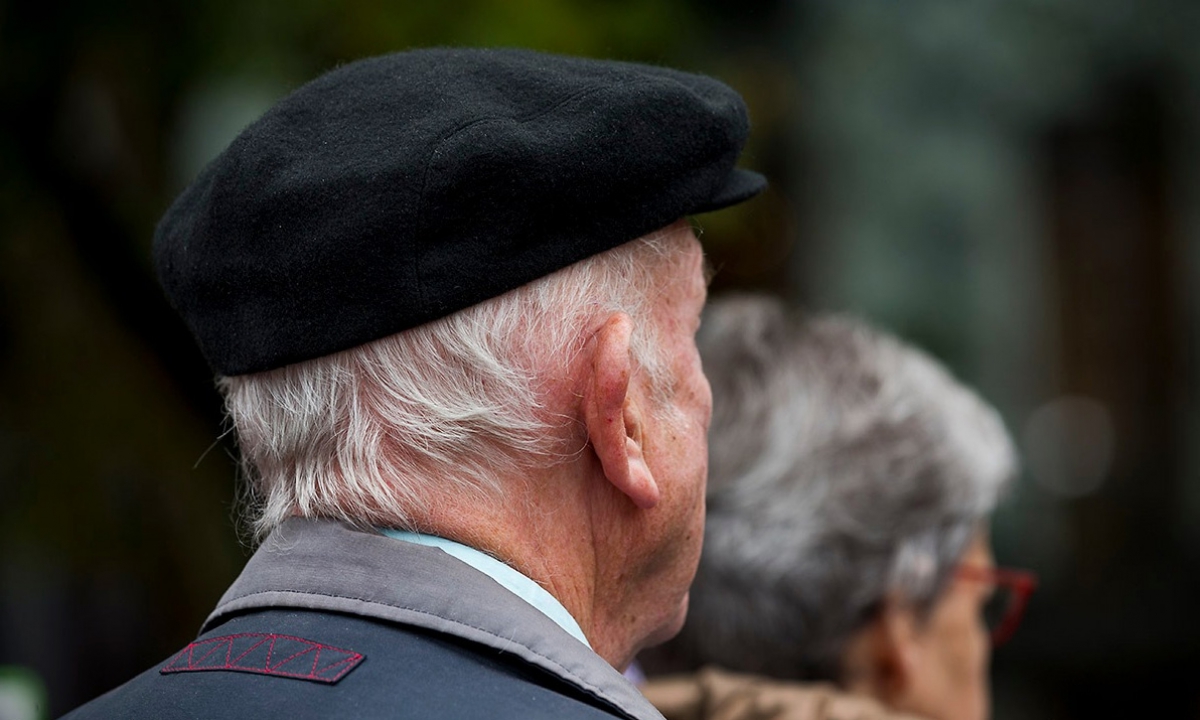Eldercare
13. Aug 2021
Number of elderly care beds unchanged in the past five years

The Faroese population aged 67 and above increased by 1,097 in the 2015-2020 period, and the number of over-80s increased by 105.
The graph below compares the number of elderly care beds in 2015 and 2020.
It illustrates the consequences of a rapid population growth and a negligible increase in the number of elderly care beds. In 2015, there were 8.9 elderly care beds per 100 citizens aged 67 and above. By 2020, this figure had come down to 7.8.
The graph also reveals that the number of elderly care beds varies significantly across the eight different regions.
The graph also reveals that the number of elderly care beds varies significantly across the eight different regions.
Almost two-thirds are 85+ and two-thirds are women
The figures for the age and sex distribution in elderly care homes reveal that 61% are aged 85 or above and only 8% are between the ages of 67 and 75.
The sex distribution is relatively even up to the age of 80, but it becomes much more uneven in the 85+ age group, with 275 women and only 105 men.
Just over 11% of the country’s 80-84-year olds live in some form of elderly care home. For the 85+ group, this figure is 31%.
The eight municipal elderly care associations are:
Norðoyggjar: Residential and home care
Nánd: Fuglafjørður and Eystur municipalities
Roðin: Nes, Runavík og Sjóvar municipalities
Tórshavn: Health and welfare services in Tórshavn municipality
VEKS: Vestmanna, Eiði, Kvívik and Sunda municipalities
Vágar: Vesturvón, home care in Vágar